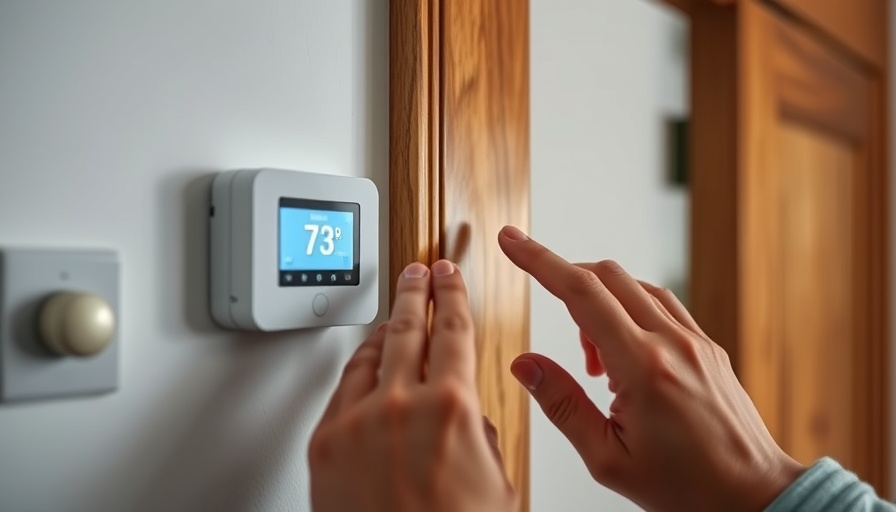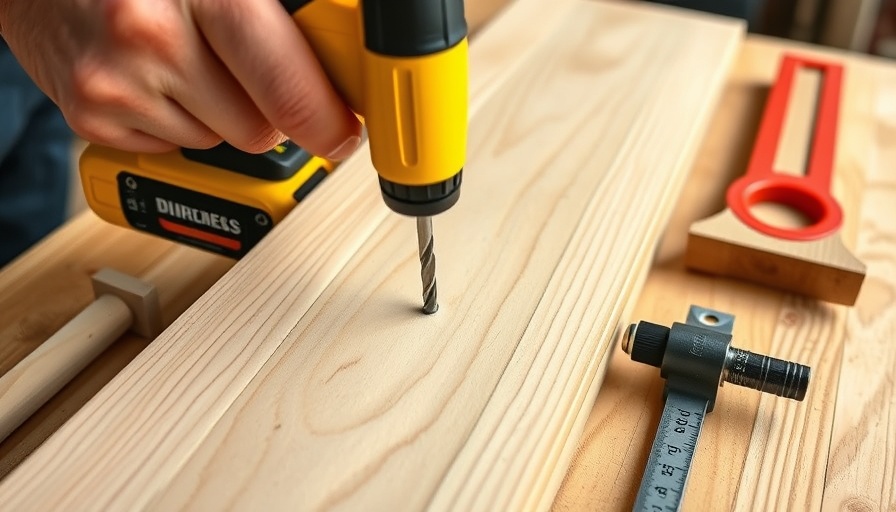
The Journey Begins: A New Hobby
For many newcomers, the world of color gaming can be a vibrant introduction to the thrill of interactive entertainment. For one user, this experience transitioned from mere enjoyment to a profound journey of personal development. Initially drawn in by the game's colorful visuals and the challenge of recognizing patterns, they found that what started as a simple pastime could foster crucial life skills.
Transforming Fun into Discipline
As the player navigated through various levels and challenges, they encountered significant hurdles typical of any learning experience. Their initial gameplay was inconsistent, with periods of both remarkable success and frustrating setbacks. Understanding that improvement required discipline, the user established structured goals. Whether it was mastering a particular color pattern or increasing reaction speeds, these objectives became the backbone of their improvement strategy.
Building a Growth Mindset
Growth is not always a straight path; it is often paved with failures and lessons learned. This player began to embrace the philosophy that setbacks were opportunities for learning. Instead of feeling discouraged by mistakes, they learned to view them as stepping stones toward mastery. With a newfound resilience, they committed to experimenting with different gameplay techniques and absorbing strategies shared by more experienced players. This commitment to growth transformed not just their gaming skills but also contributed positively to their everyday problem-solving abilities.
Overcoming Challenges with Diverse Strategies
Every gamer inevitably faces plateaus in progress. However, this player was equipped with the awareness to diversify their training approach. Rather than repetitively practicing the same patterns, they explored variations of color games that introduced unique challenges, refining their adaptability. Embracing feedback further refined their skills, breathing new life into their practice. As stagnation faded, determination to tackle new challenges arose.
Reflecting on the Journey
Reflecting on this growth journey illuminates the essence of playing color games. It transcends beyond entertainment, offering opportunities for personal development. Through structured discipline, a growth mindset, and embracing challenges, this player not only achieved mastery in the game but also inadvertently improved their problem-solving skills and time management in daily life.
 Add Row
Add Row  Add
Add 



Write A Comment